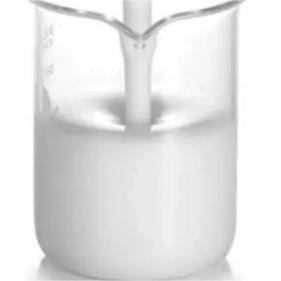Surfactants are substances that reduce the surface tension of a liquid, making it easier to move and flow through them. They are widely used in many industries, including cleaning, textiles, cosmetics, and food products.
(how surfactant works)
There are several types of surfactants, each with its own unique properties. The most common type of surfactant is anionic surfactant, which forms a protective layer on the surface of liquids. Other types include non-ionic surfactants, which are less reactive and can be used in more acidic or alkaline environments, and hydrophilic surfactants, which are able to form strong, watery interfaces between liquids and fats.
One of the key benefits of using surfactants is that they can help to improve the cleaning power of many products. Surfactants help to break up dirt and oil molecules by reducing their stickiness and sticking together. This makes it easier for water and other cleaning agents to penetrate and clean surfaces effectively.
In addition to their cleaning properties, surfactants have also been found to have various other applications. For example, some surfactants are used as emulsifiers to create stable mixtures of two or more liquids. Others are used as solvents to remove stubborn stains from fabrics and carpets. And still others are used as foaming agents to make soap and other cleaning products foam up more easily.
Surfactants are produced in a variety of ways, including through chemical reactions, heat treatment, and other manufacturing processes. There are many different types of surfactants available, each with its own unique properties and uses.
(how surfactant works)
Overall, surfactants are a fundamental part of our daily lives and have a wide range of applications in many different industries. By understanding how surfactants work and the types of surfactants that are available, we can take advantage of these benefits and find new ways to improve the quality and effectiveness of our products and services.



